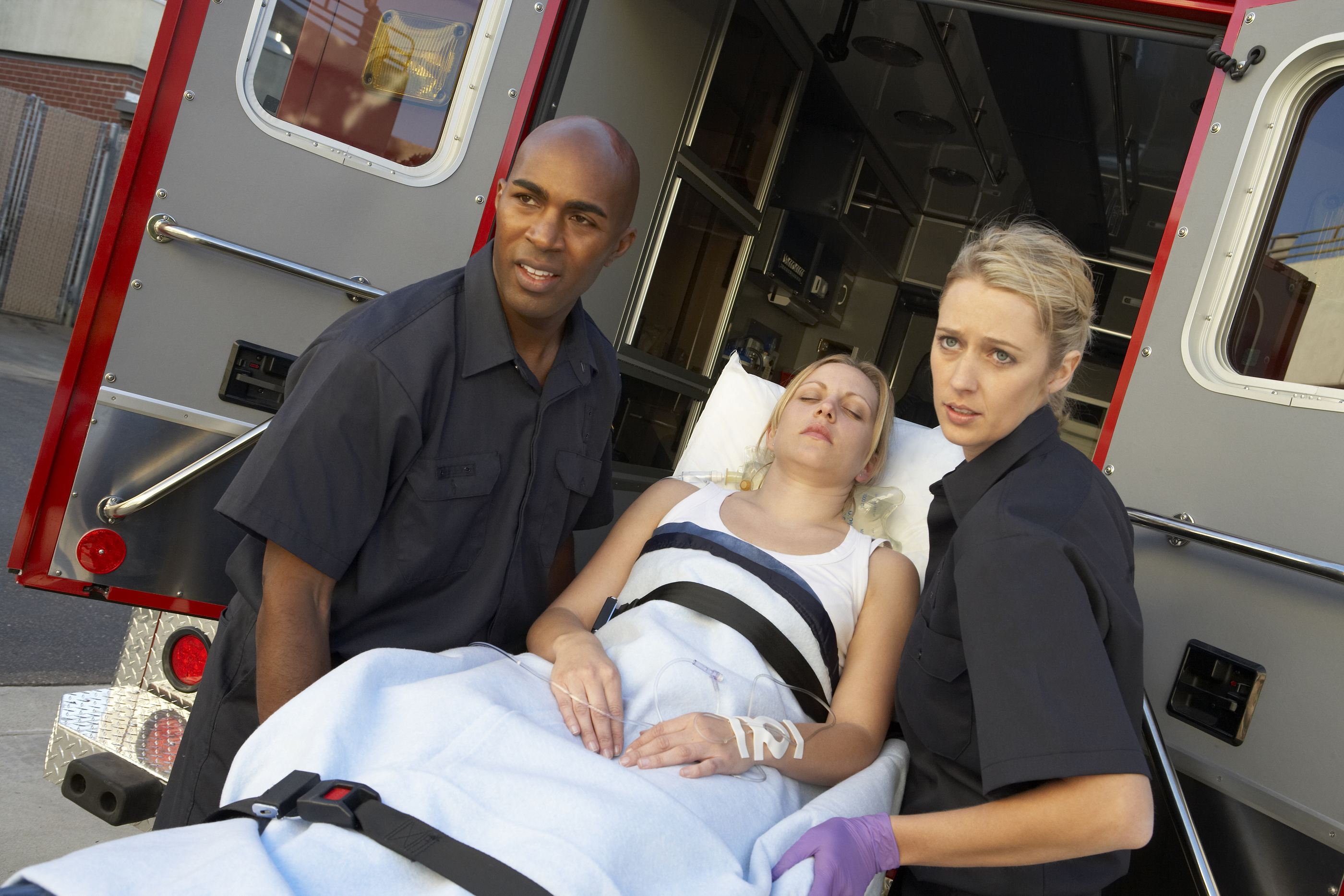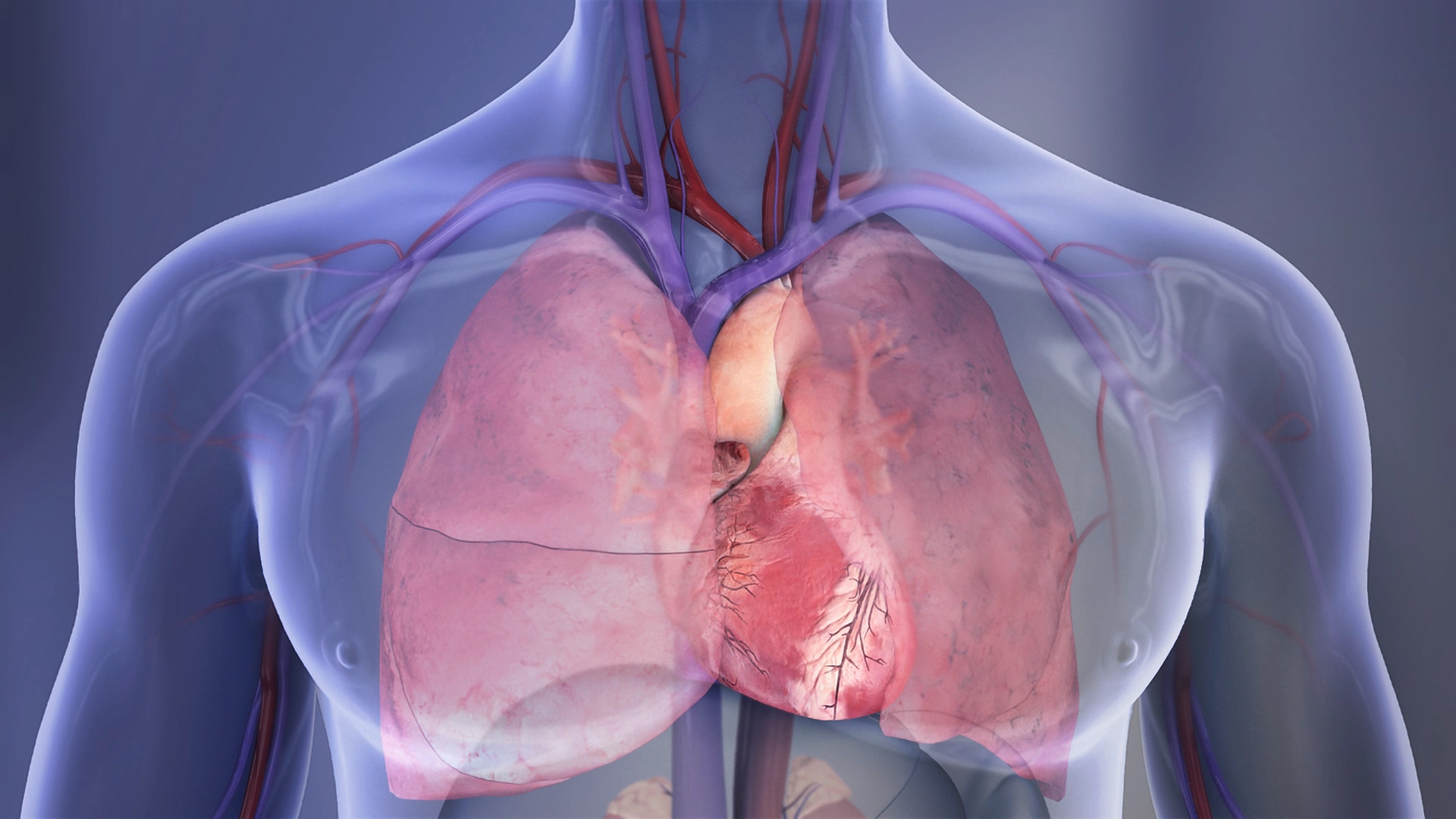By Kristen Mitchell
Women with heart attack symptoms treated by EMS after a 911 call are less likely to receive aspirin, be resuscitated or to be transported to a local hospital in an ambulance using lights and sirens, according to a George Washington University researcher.
Melissa McCarthy, a professor of health policy and management in the Milken Institute School of Public Health and emergency medicine at the School of Medicine and Health Sciences, worked with a research team to examine the care that women and men with heart attack symptoms receive, using prehospital data collected from 46 states between 2010 and 2013. She found small but statistically significant findings in the type of care men and women receive that could have impacted thousands of patients.
The study was published in Women’s Health Issues in December, the official journal of the Jacobs Institute of Women’s Health, which is based in Milken Institute SPH. GW Today recently spoke with Dr. McCarthy about her research to mark American Heart Month.
Q: Why is it important to study medical care issues through a gender equity framing?
A: If you look at the history of cardiac treatment in our country, it’s a very interesting trajectory. Back in the 1960s, many younger men were having heart attacks and dying, it was an epidemic. At the time, we didn’t know the ill effects of smoking, high blood pressure and high cholesteral on the heart. Because of the excessive mortality in men, National Institutes of Health (NIH) started a series of studies that only included men, to identify what the risk factors were for heart attack and to develop the therapies that we currently have.
After cardiac treatments were developed, given to men and then also used to treat women, studies showed that women were just less likely to get these cardiac treatments. There is a large literature demonstrating sex disparities in cardiac treatments in both the hospital and rehabilitation settings. Starting in the 1990s, there has been a huge push by the American Heart Association, the NIH and other organizations to reduce those disparities, which they have. More recently if you look at hospital-based care, cardiac treatments look pretty even between the sexes, but we didn’t know what is going on in the prehospital arena. That’s what motivated this study: knowing these disparities existed for so long on the hospital side, could it be that they exist on the prehospital side because that has not really been a focus.
Q: Your research found that aspirin wasn’t used as frequently for female patients, and first responders used lights and sirens less frequently after responding to medical emergencies. Why is that significant?
A: Pretty much all of the treatments that we looked at are evidence-based and known to have an effect on mortality, Aspirin is a good example of that. What was interesting about the findings is that they were pretty much always in the same direction, just a difference in the magnitude. Every treatment we looked at, women got it less frequently than men.
Q: Is there anything that can explain why women aren’t receiving adequate treatment when they experience chest pain?
A: There could be. To control for the fact that you had different EMS agencies contributing data and therefore different patient populations, we looked at these treatment differences within an agency. We’re literally comparing the outcomes of men and women with the same symptoms. Maybe if that was the case when EMS arrive on the scene, women might tell them ‘Oh I’ve already taken an aspirin’ and they wouldn’t give it. Aspirin use prior to EMS arrival was not a standard field in the database, so not consistently documented. However, it is unlikely that women are more likely to take aspirin when they have chest pain before calling 911 than men. It’s kind of hard to explain why we found the modest differences in care that we did between women and men.
Q: Is it possible the differences in heart attack symptoms for women and men contributed to this disparity?
A: Using the database, chest pain was really the only symptom we felt there was real high fidelity in the way it was measured. For the rest of the symptoms, we did look at them, but we had some noise, and it wasn’t always clear the reported symptom was a cardiac symptom, but we found the same results. For this paper, everybody is reporting chest pain. It’s not because of differences in symptoms.
Q: What further research is needed in this area?
A: This was a tough study because it was at a national level which many states and EMS agencies contributed data. Even within a state or county, EMS agencies can operate fairly differently. I think what needs to be done is a state-level analysis where you can really look at some of these issues more in-depth. As the quality of the data improves, we will be able to understand more.




